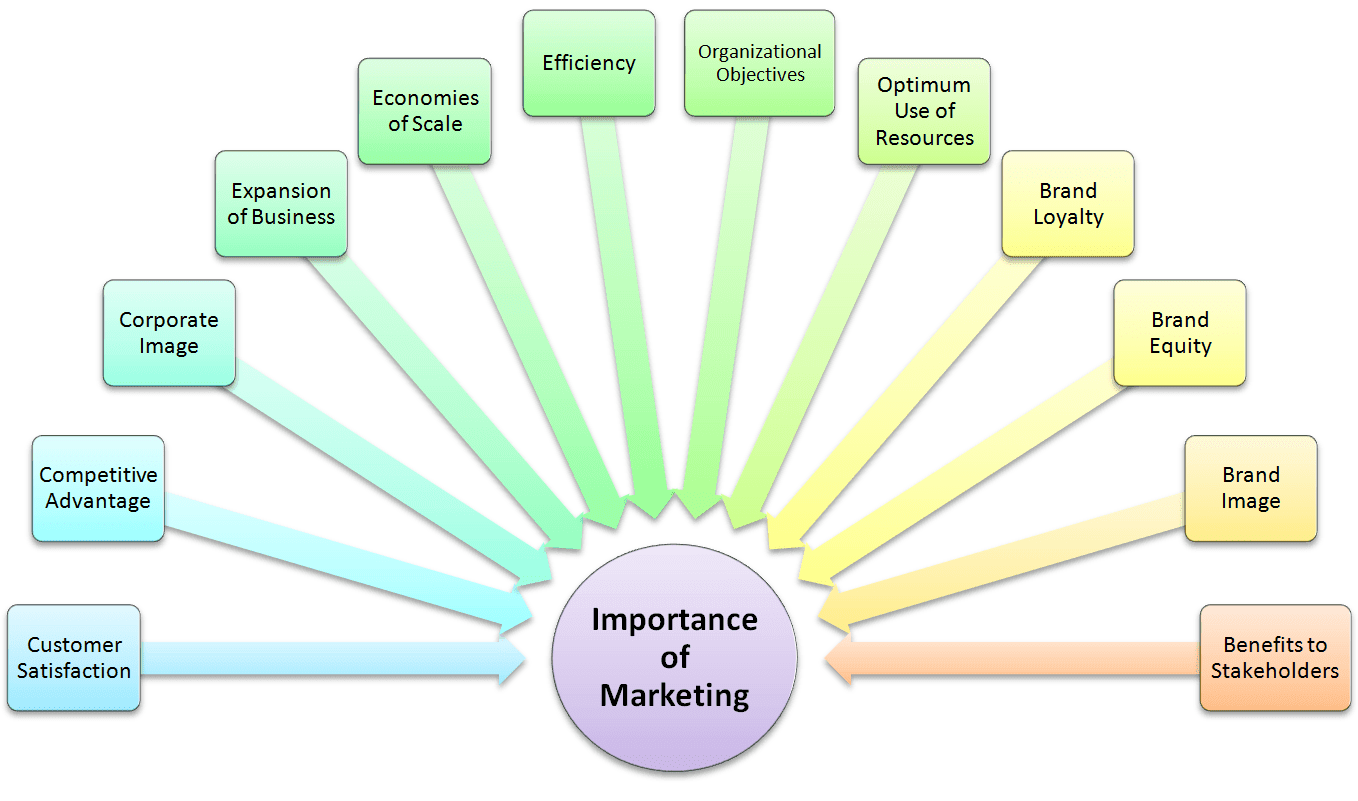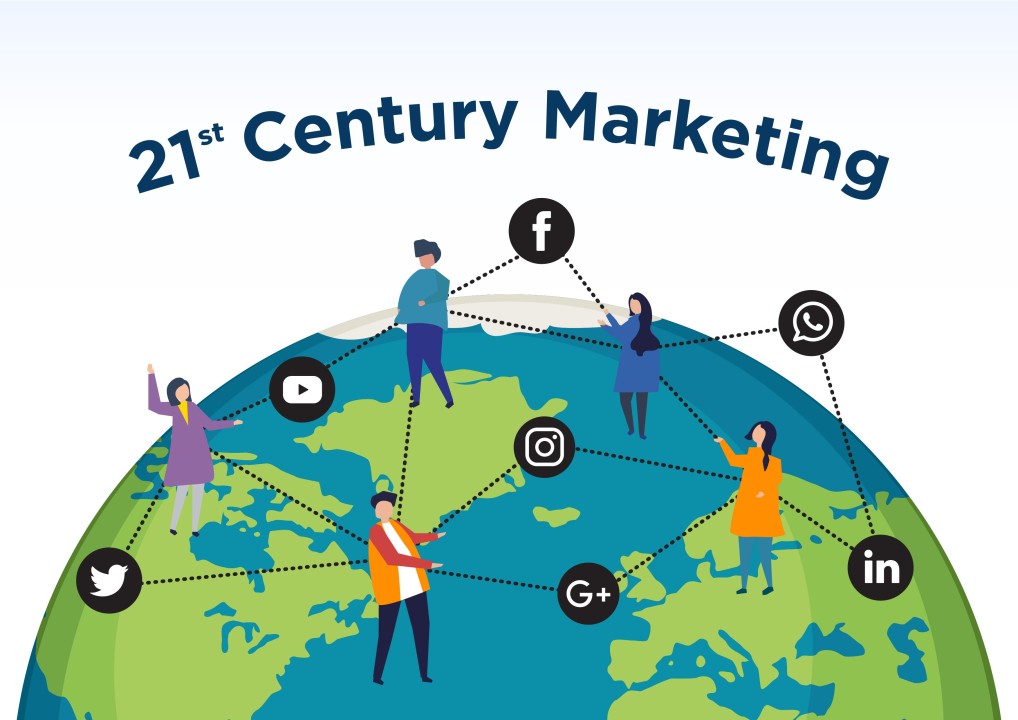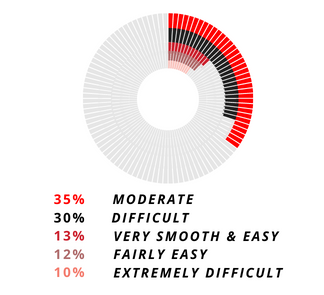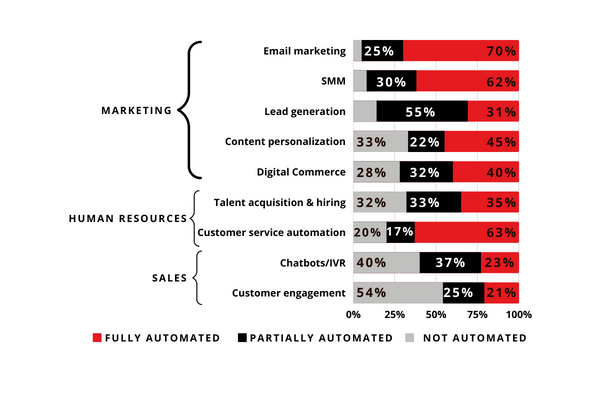Selling a product or service to a target audience has been a central tenet of business thinking for ages. Prehistoric craftsmen practised a rudimentary kind of branding and advertising by giving their wares a unique design that bore their name.
Branding was something that happened even thousands of years ago. As evidenced by the mosaic advertising discovered in the home of a prosperous businessman in Pompeii. Slowly but surely, the business expanded as merchants made the journey to densely populated “market towns.” There they faced stiff competition from others selling mostly identical goods. The importance of advertising grew with the rise of global trade. Then, in the 1400s, the printing press came along and completely changed the way we advertised and communicated. Ever since then, we’ve been trying to find better methods to link customers with the goods and services they require. This technology ushered in a new era of fast, low-cost customer communication for enterprises of all sizes. It paved the way for consumer-oriented institutions, and gave rise to contemporary advertising practices. The function of marketing has been evolving ever since.
In order to better inform their clients, marketers are increasingly turning to digital resources. Automation and AI are assisting marketers in their efforts to grow businesses, satisfy customers, and increase revenue.
Here we will discuss:
- Marketing’s crucial role in the expansion of a business
- Elements of 21st-century marketing
- How does advertising help companies succeed?
- Adoption of an automation and AI-driven marketing strategy
Marketing’s crucial role in the expansion of a business

Although it’s sometimes viewed as an expense, marketing really plays a crucial role in propelling a company’s expansion.
Think of it this way. You are a shoe manufacturer, and you just decided to launch a new line of sports shoes. The lot is ready and good to go, but instead of advertising about it and reaching the market, you sit back with your arms crossed, waiting for people to reach out to you. What does this approach do for you? Your competitor next door beats you with the same line of shoes! How? By investing in marketing and branding, he was able to generate
- Brand awareness. Marketing helps to increase a company’s visibility and reach, which can lead to more customers and increased sales.
- Improved customer acquisition. Marketing efforts can help attract new customers and bring in business from previously untapped markets.
- Increased customer loyalty. Marketing can help to build and maintain strong relationships with customers, leading to repeat business and customer loyalty.
- Improved product development. Marketing research can help a company understand customer needs and preferences, which can lead to informed product development.
- Increased competitiveness. Marketing can help a company differentiate itself from competitors and position itself as a leader in its industry.
Also read: Role Of Marketing, The Importance of Marketing Research
Over the years, marketing’s importance has grown to the point where it cannot be separated from the company as a whole. Therefore, as a business, you must constantly experiment with new marketing techniques and methods in an effort to expand your customer base and boost sales.
There are several moving parts in a company’s marketing process, such as product creation, customer service, and sales. While they all appear to be separate departments on paper, they esentially connect with marketing one way or another. The marketing manager, therefore, must devise means of creating the plans and tactics essential to achieving the set objectives of not just the marketing department but of all these moving parts. Before deciding where to put the marketing efforts, he/she must assess how the industry has evolved, check out the competition, and see how the market reacts to their efforts as an important part of the planning process.
Marketing serves its purpose primarily because of two things:
1. The marketing mix. The product, promotion, location, and pricing (the “4 P’s of marketing”) make up the marketing mix. It is a business tool used to help establish a company’s marketing strategy where,

- A company’s offering, or product, is what it actually offers to customers. It can range from a physical commodity like a shoe or a computer to something more abstract like a brand.
- The basic goal of marketing is to increase demand for a product, and promotion comprises the many actions taken by individuals and businesses to accomplish this. Businesses spread the word about their product through various promotional activities, such as ads, PR efforts, and discounts.
- Storefronts and online hubs alike are examples of the places where businesses undertake their promotional efforts.
- Finally, the price of a product, or its89! “suggested retail price,” is the amount that a seller asks for one unit of the item. As we churn through our existence on earth, I have no doubt that we have all become acquainted with the idea of price. Anyway, let’s now move on to the next factor, which is the target market.
Also recommended: How Every Piece Of Digital Marketing Fits Together
2. Different consumers want different commodities. The role of the marketing mix is to identify the different needs of the customers. A company’s target market is the demographic it aims to reach in order to maximise profits through things like product sales and brand loyalty, by identifying the customer demand in the target market. Marketers who are prepared to put in the effort to lure customers to such niches view these markets as attractive. By learning what drives potential buyers, businesses may better craft campaigns to move merchandise (target). A corporation that learns that its customers respond to a particular emotional trigger might tailor its marketing to elicit the same reaction.
Elements of 21st-century marketing

Long gone are those days when doing a little was sufficient. When trying was considered the biggest virtue, now, the times have changed. Trying is still important, but within a stipulated period of time. Otherwise, if you are too late, you are unapologetically forgotten.
Marketers need to strike a balance between doing enough and doing too little to achieve a successful marketing strategy. Knowing their clientele is essential to providing excellent service. When it comes to modern marketing strategies, consumer satisfaction is of paramount importance. That’s why modern marketing strategies focus on surprising and delighting buyers rather than simply satisfying them. Modern marketers care not just about happy customers but also about happy workers. They have a fresh perspective on the role of marketing in the company as a result of realising that staff satisfaction and morale directly affect the quality of service provided to customers.
So what’s in the new age marketing?
- Analysing purchase cycles: Organisational processes are evolving as a result of the widespread use of purchase cycles. Purchase processes may be lengthy and intricate at both large and small businesses. They can get so convoluted that businesses resort to a technique called “locked supply” inter-company pricing to avoid needless spending. When purchasing things like office supplies or automobiles, it is important for businesses to exercise caution so that they don’t waste money that may be put to better use elsewhere. Once you know how the buying process works, you can stop wasteful spending and better manage your company’s finances.
- Assistance to clients or customer service: When it comes to providing a positive experience for customers, this is becoming more and more crucial for businesses, but at the same time, it is difficult to execute. Customer service is notoriously difficult to provide in the service sector because of the nature of the industry itself. Knowing what your customers want and giving it to them in a timely and correct manner are two essential components of excellent customer service.
- How your employees feel about working with you or the employee experience. Your workforce is your company’s greatest asset. They are more than employees; without them, your business would fail. Making employees feel like they have a stake in the company’s success is a delicate art, but one that can be mastered by keeping one basic principle in mind: treat them like they are indispensable to the company’s success. The term “employee experience” is used to describe a worker’s overarching view of their time spent in various capacities at a firm. For this reason, it is crucial to take into account the internal experiences of employees while maintaining the company’s public image.
How does advertising help companies succeed?
The difference between success and failure often rests on the first sale of a product or service, which highlights the crucial role of marketing. In one study, it was found that for every dollar a business spends on marketing, it can expect a return of $6. This indicates that investing in marketing is one of the most cost-effective ways to fuel a company’s expansion.
As a result, marketers employ marketing initiatives to interact with consumers and potential customers through many channels, resulting in a broad variety of measurable outcomes. They’re crucial to a company’s success because of all the ways in which they provide assistance, some of which I discussed at the beginning of this article.
The idea is to get your product in front of the masses. I mean, what’s even the point of creating it if nobody even knows about it? Therefore, developing a niche-specific message is the backbone of any successful marketing campaign to create awareness about your offering and, therefore, your business.
Adoption of an automation and AI-driven marketing strategy
The value of the worldwide artificial intelligence market is estimated at $136.6 billion in 2022. The existing artificial intelligence industry is sizeable, but it is expected to increase by more than 13 times during the next decade. Through the projected year 2030, the artificial intelligence industry is expected to grow at a compound annual growth rate of 38.1%, reaching $1.81 trillion.
Recently, the use of AI in marketing has been on the rise. According to experts, it will soon overtake all other forms of advertising as the method of choice for companies. As a result of technical progress, massive data availability, and automation, traditional marketing now plays an important role in the transition to AI. Lead generation relies increasingly on marketing automation, which has been shown to provide a return on investment (ROI) of $5.44 for every $1 spent on digital marketing.

Recent research suggests that nearly half of respondents believe marketing is entirely automated at their company, while a further one-third believe it is moderately automated. In addition, 95% of respondents identified email marketing as a mostly automated digital marketing channel, followed by social media marketing (92%), lead generation (86%), and digital commerce (72%). As AI and automation are gradually penetrating our marketing channels , marketing is now headed in the next phase, which is hyper-personalisation.

The world is already aware of the massive success of Starbucks and Netflix. Both conglomerates live and breathe hyper-personalisation. The next stage of marketing will be all about predictive, hyper-personalised customer services offered across all industries, unleashing the real power of AI and automation.
















